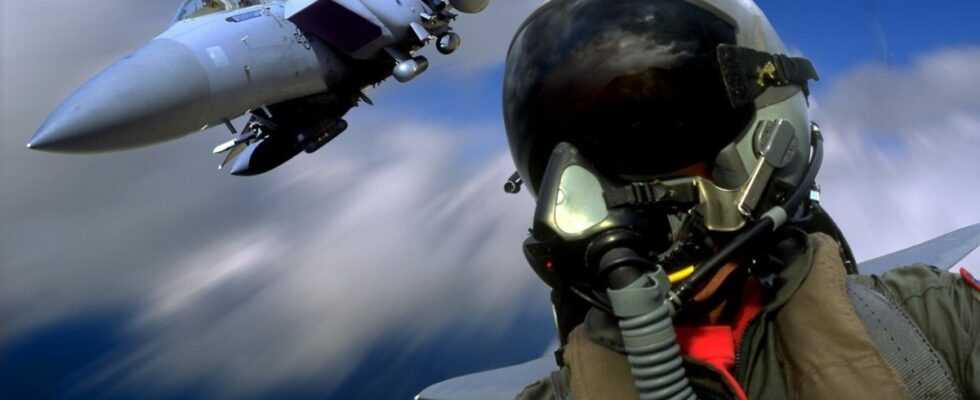2
The American army also wants its metaverse. A true alternative universe is created around the military world allowing to organize large-scale events. But augmented and virtual realities do not appeal to everyone.
Many companies are interested in the possible applications of new technologies brought by mixed reality such as holoportation with Microsoft’s Hololens (which made it possible to send someone virtually to the ISS). It is therefore no surprise that the American army is also interested in the subject.
3D simulations and mixed reality are already widely used for simulator training, but also in real flight. Depending on the needs of the exercises, it is possible to make a refueling plane appear in the field of vision of the pilot who was able to actually carry out the maneuver under the watchful eye of an observer.
The Red 6 company has developed a technology to simulate air combat in real flight to test the reactions and abilities of a pilot undergoing several Gs. This technology makes it possible to prepare an aerial metaverse where pilots can face simulated aircraft from all over the world (including Russian and Chinese fighters) controlled by artificial intelligence or an operator.
Augmented reality thus allows pilots to take advantage of a significant improvement to the HUD (heads-up display) system that has existed for years.
Virtual reality, a complete and powerful tool
A real alternative universe is therefore created around the military world, allowing large-scale events to be organized. The American Air Force, for example, organized a conference involving more than 250 people in a virtual environment, while in the British, a company is working on the creation of battlefields involving up to 10,000 participants, virtual military and AI.
In addition to the training aspect, virtual reality offers many possibilities to the various army corps. Thus, doctors use it, for example, to assist veterans in the treatment of post-traumatic stress or chronic pain.
Boeing has even created a comprehensive augmented reality environment for mechanics to practice repairing virtual planes before tackling real models.
An adoption problem
However, the use of virtual reality is not unanimous within the army. According to a leak of information from a note from Microsoft, people working on the IVAS (the military Hololens) expect to meet resistance to adoption.
Between the astronomical costs of such projects and the reluctance of some executives to adopt this new technology, it will certainly take a few more years for augmented reality to become a daily reality for teams.
